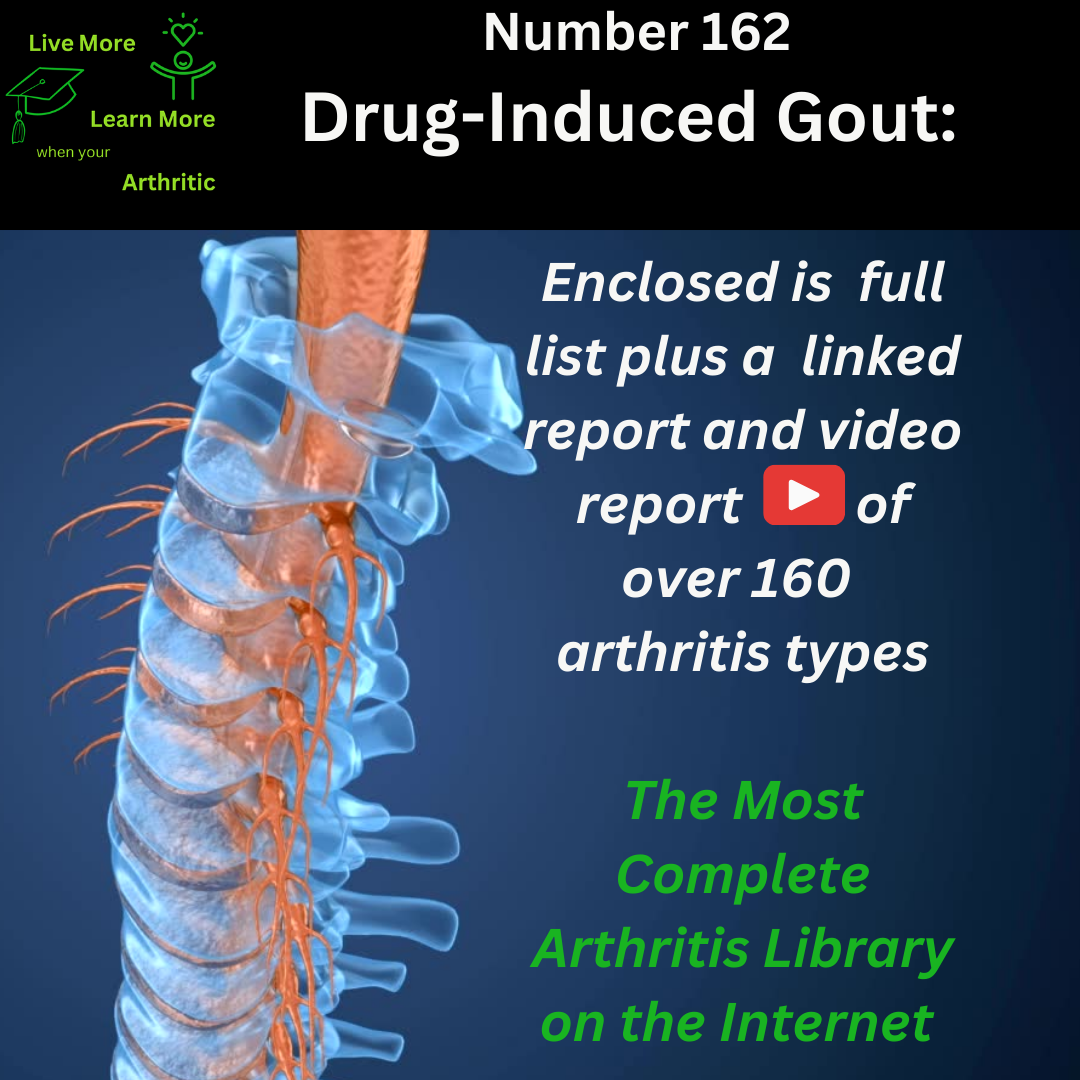
Drug-Induced Gout: Number 162 Type of Arthritis
Drug-Induced Gout: Understanding the Connection
Drug-induced gout, a unique subset of gout triggered by certain medications, can indeed overlap with other forms of inflammatory arthritis, particularly pseudogout (calcium pyrophosphate deposition disease). While both conditions involve crystal deposition in the joints leading to inflammation, they differ in the type of crystals involved. Drug-induced gout results from uric acid crystal deposition, whereas pseudogout is caused by calcium pyrophosphate crystals. This overlap can complicate diagnosis and treatment, requiring careful consideration of the underlying mechanisms.
 The Impact of Comorbidity on Health
The Impact of Comorbidity on Health
The presence of drug-induced gout can increase the risk of developing other health-related issues, especially if left untreated or inadequately managed. Chronic inflammation associated with gout can contribute to cardiovascular diseases, kidney damage, and metabolic disorders, highlighting the importance of comprehensive care and monitoring.
Inflammatory Nature of Drug-Induced Gout
Drug-induced gout is classified as an inflammatory arthritis due to the immune system’s response to uric acid crystal deposition in the joints. The presence of these crystals triggers an inflammatory cascade, leading to joint pain, swelling, and redness characteristic of gout attacks.
Affected Body Parts and Symptoms
Drug-induced gout primarily affects the joints, particularly the big toe, ankles, knees, wrists, and elbows. Symptoms include sudden onset of intense joint pain, swelling, redness, and warmth, often limiting range of motion and causing significant discomfort during flare-ups.
Achieving Remission and Managing SymptomsAchieving remission in drug-induced gout involves identifying and discontinuing the culprit medication whenever possible. Additionally, managing acute attacks with anti-inflammatory medications and lifestyle modifications (e.g., dietary changes, hydration) can help control uric acid levels and prevent recurrent flare-ups.
Differences from Primary ArthritisDrug-induced gout differs from primary gout primarily in its etiology, which is triggered by medications rather than intrinsic metabolic factors leading to elevated uric acid levels. However, the clinical presentation and management strategies for acute attacks are similar.
 Complications and Impact on Quality of Life
Complications and Impact on Quality of Life
Complications of drug-induced gout can include chronic joint damage, kidney stones, and systemic health issues due to persistent inflammation. Proactive management through medication adjustments, dietary modifications, and regular monitoring can significantly improve quality of life and reduce the risk of long-term complications.
Demographic Trends and Risk Factors
Drug-induced gout can affect individuals of any age who are exposed to medications that disrupt uric acid metabolism. The condition may have a higher prevalence in older adults due to increased medication use and age-related changes in metabolic function.
